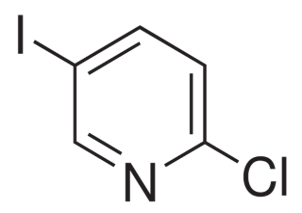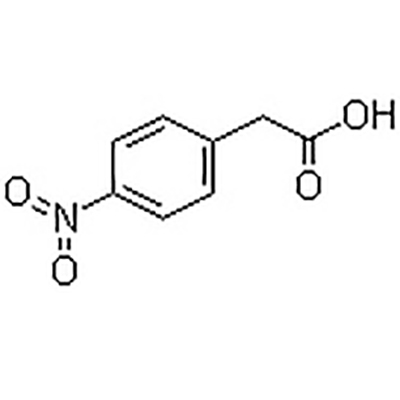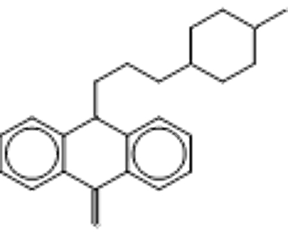2-Chloro-5-iodopyridine(CAS# 69045-79-0)
| Risk Codes | R36/37/38 – Irritating to eyes, respiratory system and skin. R20/22 – Harmful by inhalation and if swallowed. |
| Safety Description | S26 – In case of contact with eyes, rinse immediately with plenty of water and seek medical advice. S36 – Wear suitable protective clothing. S36/37/39 – Wear suitable protective clothing, gloves and eye/face protection. S22 – Do not breathe dust. |
| WGK Germany | 3 |
| HS Code | 29333990 |
| Hazard Note | Irritant/Light Sensitive |
| Hazard Class | IRRITANT |
Introduction
2-Chloro-5-iodopyridine is an organic compound.
2-Chloro-5-iodopyridine has some important properties. It is an aromatic compound with functional groups such as alcohols and amines, which has strong electrophilicity. Secondly, it has high solubility and low vapor pressure, and can exist in a solid or liquid state at room temperature.
The compound has a wide range of applications in a number of fields. It is often used as a reagent or catalyst in organic synthesis reactions, for example as an acid catalyst for esterification reactions. It can also be used in the synthesis of pesticides, pigments, and dyes.
There are several ways to prepare 2-chloro-5-iodopyridine. A common method is to react 2-chloro-5-aminopyridine with thionyl iodide or hydrogen iodide to produce the compound in the reaction. It can also be prepared by iodination of 2-chloro-5-bromopyridine.
Safety information: 2-chloro-5-iodopyridine is an organic compound with certain hazards. When operating, safety measures such as wearing protective gloves, goggles, and protective clothing are required. It should be used in ventilated conditions and avoid inhalation, ingestion, or contact with the skin. In case of accidental contact or inhalation, seek prompt medical attention.








